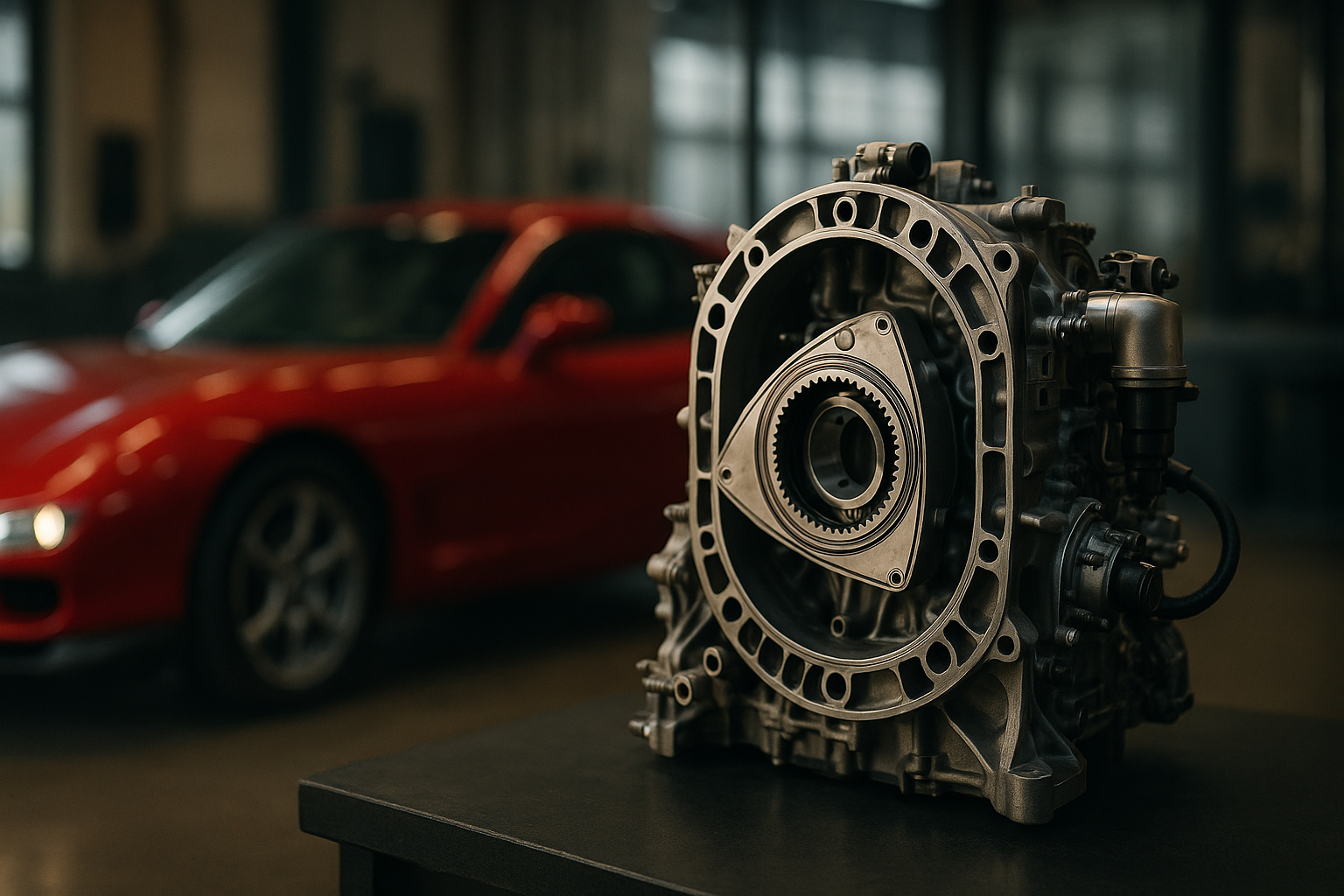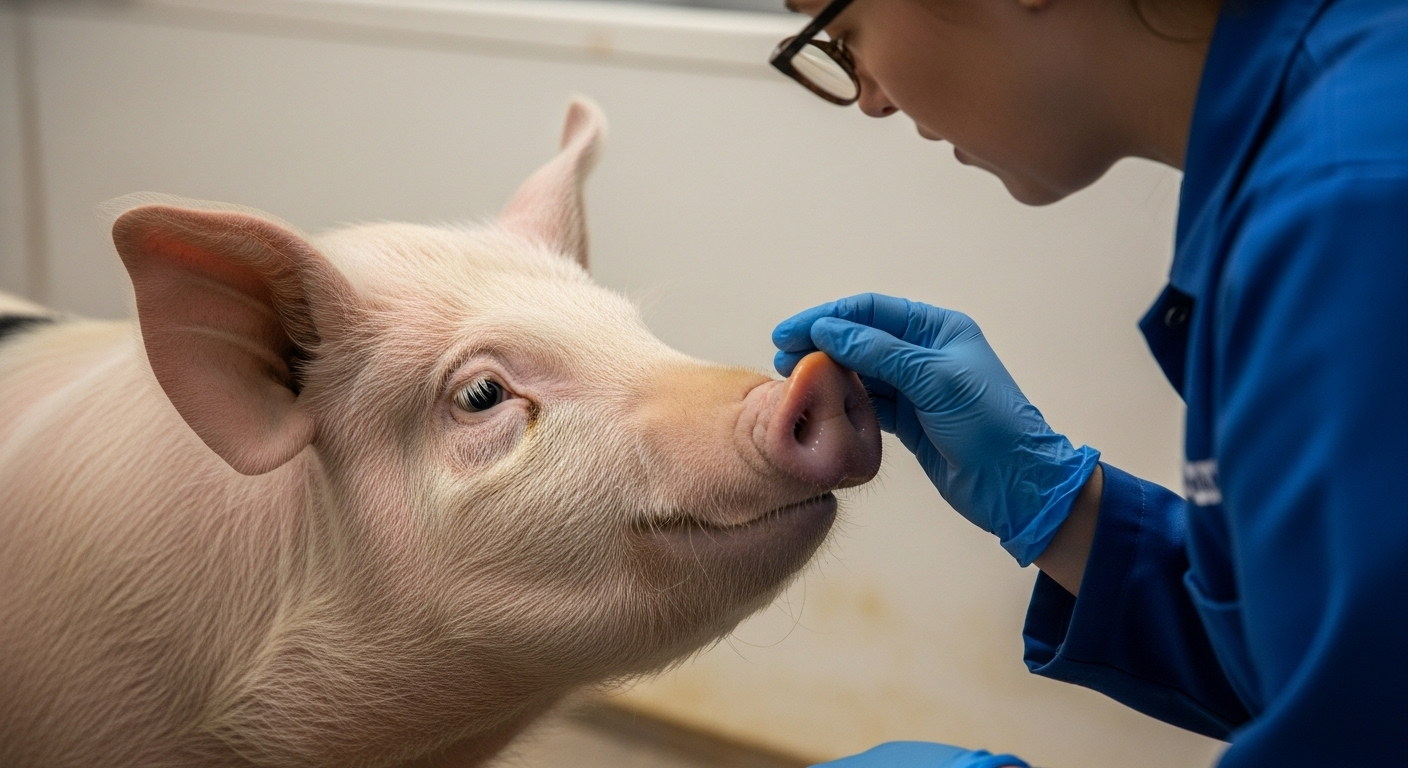Rekindling the Spark: The Resurgence of Rotary Engines in the Automotive Industry
With the roaring revival of rotary engines, the automotive world is on the brink of a significant shift. A technology once thought to be sidelined by piston engines is making a comeback, promising a blend of performance and efficiency that could reshape the future of driving.

Past, Present, and Future: The Evolution of Rotary Engines
Rotary engines, also known as Wankel engines, were first introduced in the mid 20th century. Named after their inventor, Felix Wankel, these engines offered a compact, lightweight alternative to traditional piston engines, featuring a unique design that allowed them to produce power with fewer moving parts. However, their early popularity was marred by issues such as poor fuel efficiency and high emissions, leading to a decline in their use by the late 1970s.
In recent years, however, advancements in technology and engineering have sparked renewed interest in rotary engines. Improved materials and design techniques have helped address many of the initial challenges, paving the way for a resurgence of this once sidelined technology.
The Rebirth of the Rotary: Emerging Trends in the Industry
Today, the automotive industry is buzzing with the potential comeback of rotary engines. Several manufacturers have been exploring the use of these engines in a variety of applications, from high-performance sports cars to compact city vehicles. The potential for increased fuel efficiency and lower emissions, combined with the unique driving experience offered by rotary engines, has raised their profile among both manufacturers and consumers.
The Rotary Revival: Impact, Benefits, and Challenges
The resurgence of rotary engines could have significant implications for the automotive industry. On the one hand, their compact size and lightweight nature could lead to more efficient, agile vehicles, offering a unique driving experience. On the other hand, however, there remain several challenges to overcome. Despite advancements, issues with fuel efficiency and emissions still need to be addressed, and the unique design of rotary engines requires specialized knowledge for maintenance and repair.
The Future of Rotary Engines: Expert Predictions
While the future of rotary engines is far from certain, many experts are optimistic about their potential. The combination of technological advancements, industry interest, and consumer demand could help drive their resurgence. With continued development and refinement, rotary engines could once again become a significant player in the automotive industry.
In conclusion, the rekindling of interest in rotary engines is an exciting development in the world of automobiles. As this technology continues to evolve, it could offer new possibilities for the design and performance of vehicles, bringing a fresh perspective to our understanding of what an engine can be. This resurgence of the rotary engine is a testament to the dynamic nature of the automotive industry, proving that even ideas once thought to be obsolete can find new life with the right combination of innovation and perseverance.




